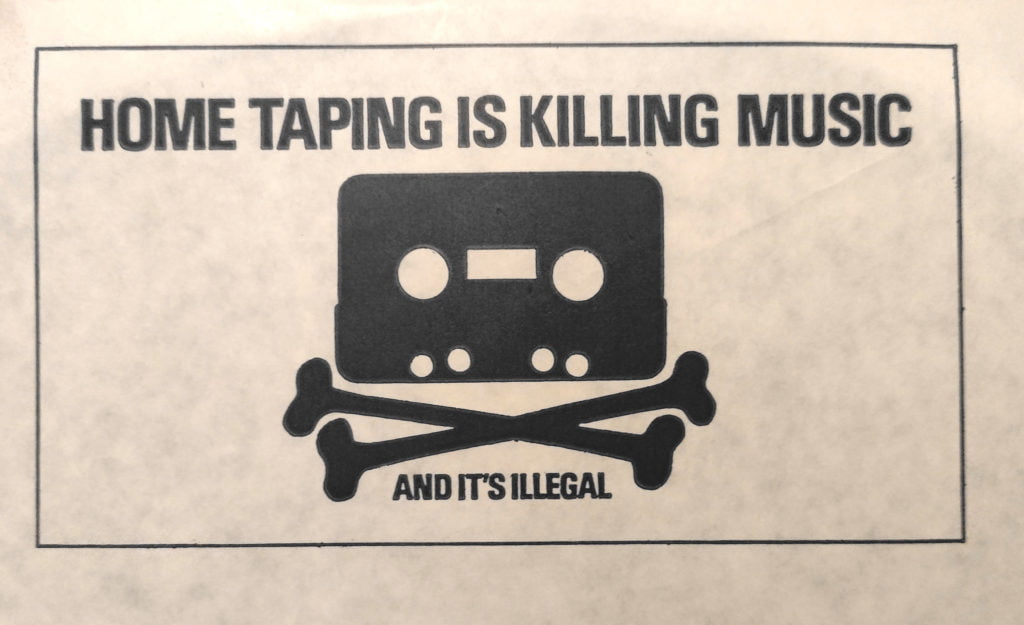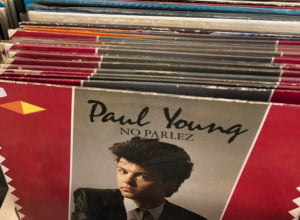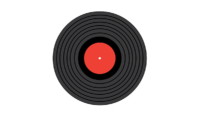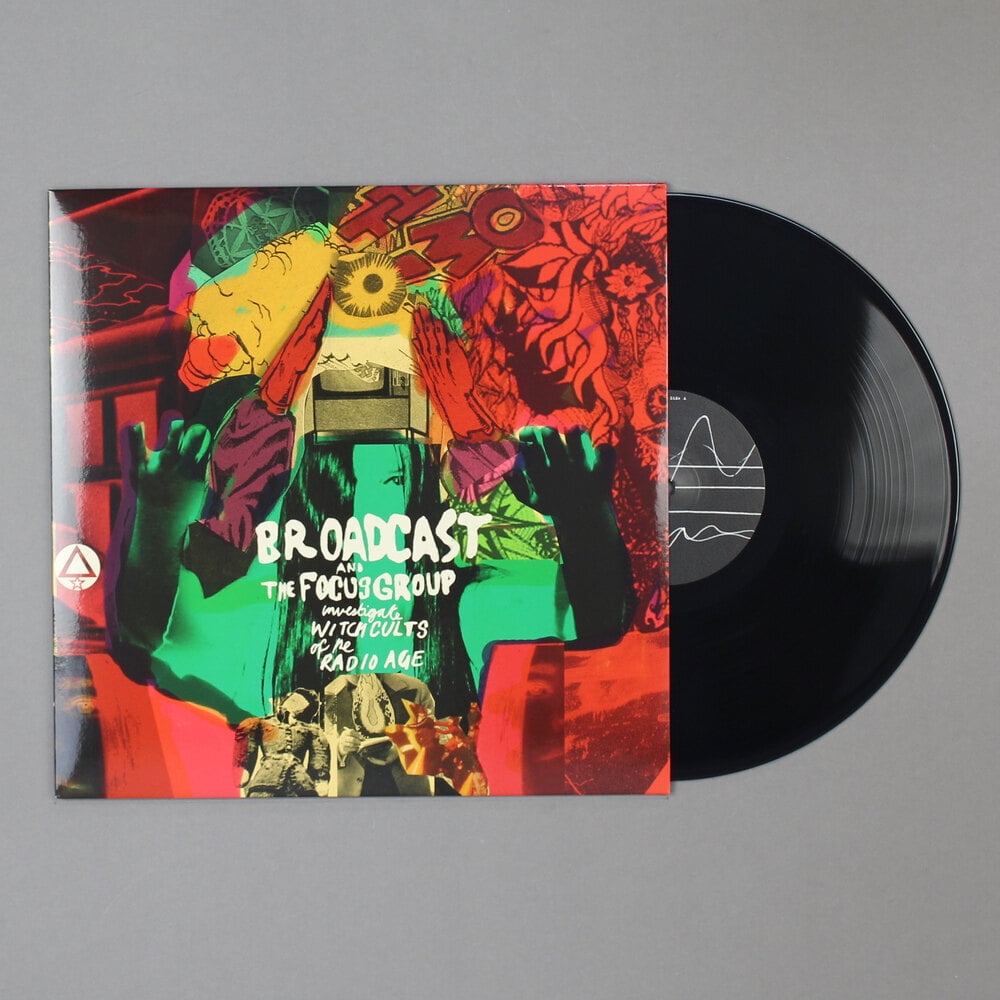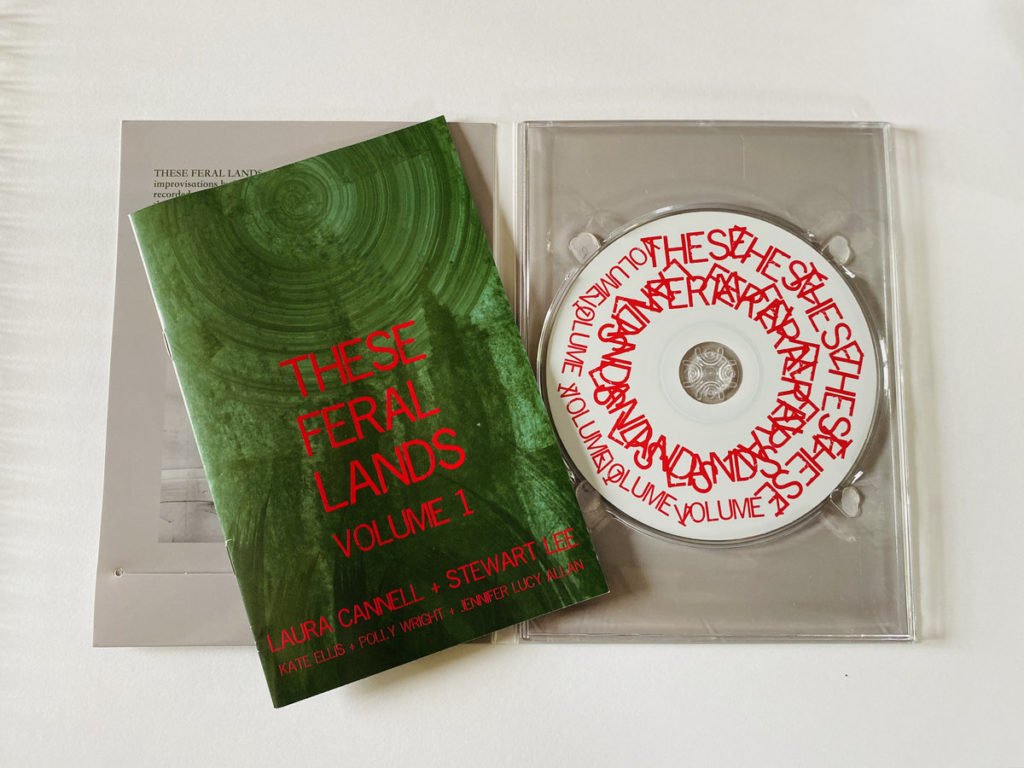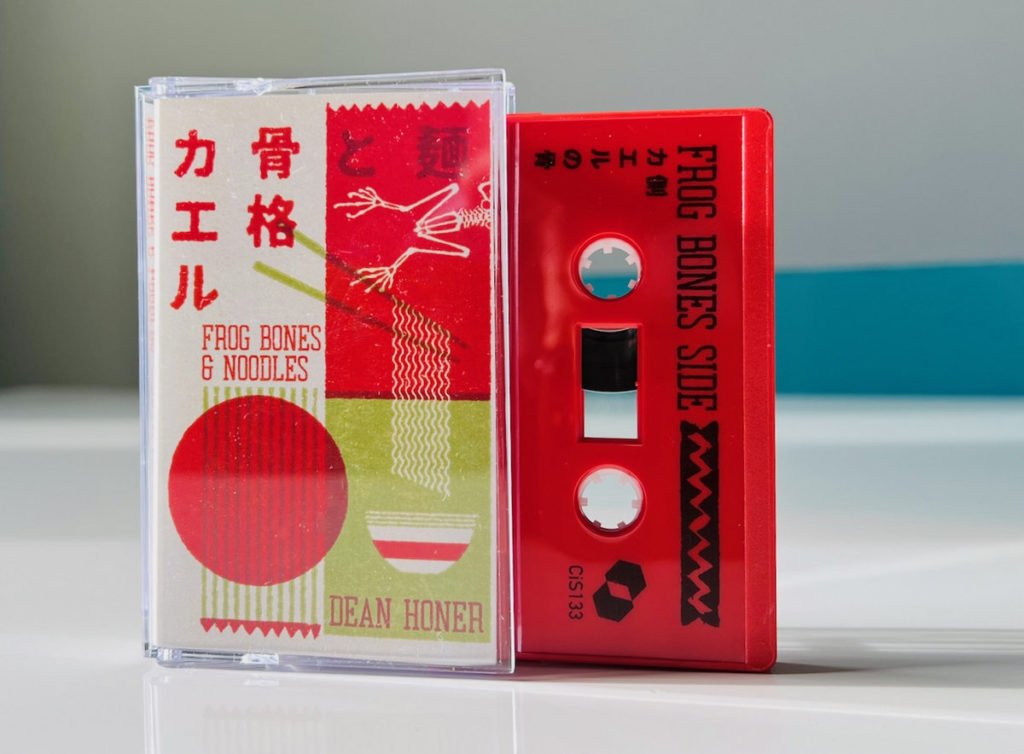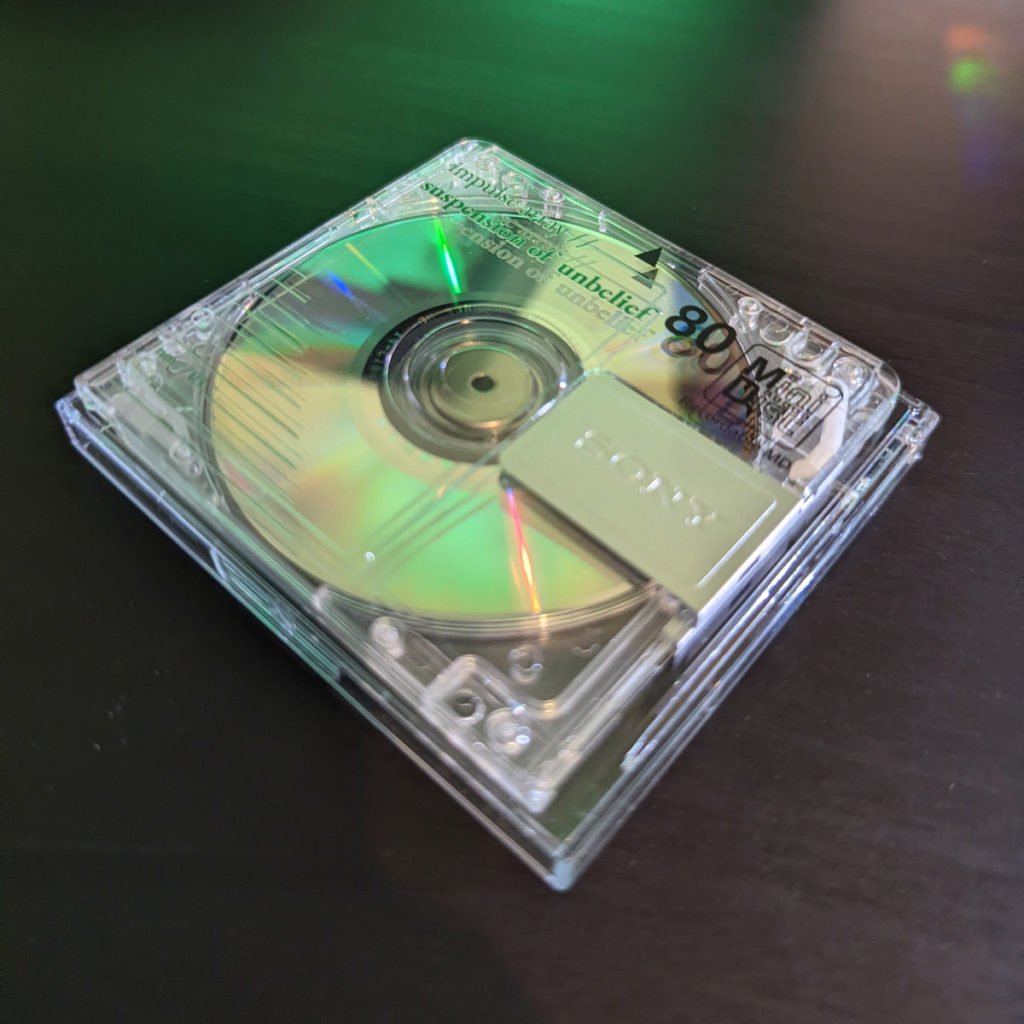Spooling For a Fight: The Format Wars
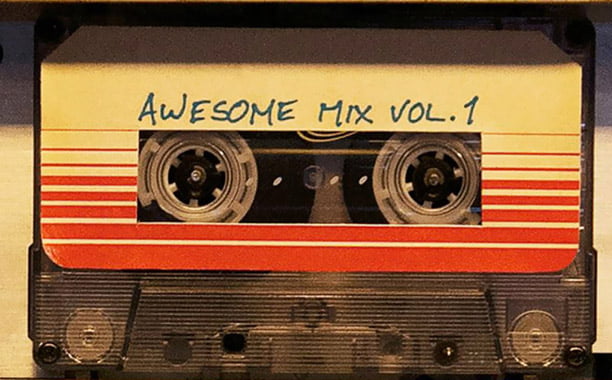
Guardians of The Galaxy has a lot to answer for. Who would have thought that, with all the rapid technological advancements we have made as a species something as unreliable as the cassette could ever make a comeback? But is it all down to the success of the Marvel blockbuster? Or should the blame be shared with mega-series Stranger Things? It has a lot to do with nostalgia, but, as with the success of the latter, there has to be more to it than that.
The physical format is here to stay, or so the figures suggest. The queues outside record shops on Record Store Day would suggest as much too – the hunger for consuming music and for buying something tangible with which to do so doesn’t look like diminishing anytime soon, and it’s not just middle-aged men hankering for a lost past either – although there is a bit of that, and you’ll get the opinions of a few here. But first, a bit of history…
The first vinyl record was created in the 1930’s, with the first long playing record released by CBS followed in 1948. In the late 60’s the cassette tape was launched. It was small, recordable, a fantastic innovation that led to happy hours spent rewinding busted tapes with a pen, recording the Pop charts on a Sunday on a blank C60, making mixtapes that meant so much and having access to music on the go on our Sony Walkmans (other portable cassette players are available). The compact disc was launched in 1982, and soon afterwards had its name shortened to CD. By 1989 the Walkman had evolved and could now play CD’s, with over 100 million of the players sold worldwide that decade. Music on the move, no need for a record player attracting dust in living rooms and bedrooms, broken stylus’s, jumping and scratched records. CDs were small, perfectly formed and took up less room than vinyl.
The question as to which format is the best can only be answered by those who appreciate and celebrate music. Social media platforms are alive with the opinions of advocates for vinyl, CD, streaming, downloads, and cassette. Barely a week goes by when there isn’t a poll online somewhere asking which formats people prefer, so because there just aren’t enough of them, we decided to run a Twitter pole of our own. The results probably won’t surprise most people. At risk of sounding like a low-budget washing powder commercial, of the 406 people who voted, 44.3% said that they prefer vinyl, 36% CD, 19% streaming, with the poor old cassette picking up just 0.7% of the vote.
What was more interesting than the final result, and more telling, were some of the comments made. The support for some formats is passionate, and admirably so. We’ve each given our own opinions below, along with personal experiences of each of the more common formats and interspersed between these are some of the comments of people who took part in the poll. I’m sure you’ll agree that they make interesting reading and serve to prove that, of course, there is no right answer. For the first time in many years vinyl record sales have exceeded these “newer” formats, although that claim is misleading (see link at the foot of the page – ‘The Rise and Fall of Music Formats’). The number of Compact Discs sold still exceeds that of vinyl, it’s just that the purchase price of a vinyl record is higher, often significantly so. The graph in the video shows that having decreased drastically, vinyl revenues have only just recovered to the levels achieved at the format’s peak in the late 1970’s. Taking 40 plus years of inflation into account, and the relatively expensive price of a vinyl LP now, it’s clear that the number of units being sold is vastly below that of it’s heyday. Whereas, upon its initial introduction CD became a luxury item, having been heralded as superior in every way to the humble, accident-prone vinyl disk, in a major and highly ironic twist, the roles have now been reversed. As for the cassette, it is still selling, albeit in relatively small numbers, but it refuses to die.
And whatever happened to the MiniDisc…?
“Buy CDs and Vinyls. Never stream, if you want your favourite artists to survive, buy physical media. Occasional download if I can’t get album on physical media.”
Peter: As I’ve just recently turned 70, I guess I’ve been buying my music on vinyl for most of my life. The first record I bought was I Want to Hold Your Hand by The Beatles for 6/- (30p). The sound of vinyl was warm, and weighty enough when played on a decent Hi Fi. You could also read the sleeve notes without getting a headache. At 12-inches square each album came with a viable piece of artwork: I had the fold out cover to the Pink Fairies’ Neverneverland stuck to my bedroom wall for years, next to the foldout insert for HMS Donovan.
In the 80’s myself and a friend would meet up to listen to the 4 or 5 records we’d each bought that week. One week it turned out that he’d bought a CD player and some CDs. The first one he put on was Prince’s Sign O’ the Times. Unfortunately, my friend had an old amp with the CD player plugged into a phono input, meaning that the first few notes were ear-splittingly loud. Once the volume was turned down, however, the sound was amazingly clear and bright. A real step change and we both determined to buy more CDs. They live up to their name so are small and easy to store. The downside was the legibility of the sleeve notes especially if the writing is neon pink on a background of neon blue. Thanks guys. Also, the extended mixes were still often only available on 12” vinyl. One major advantage of the format became apparent once I’d bought a computer: it was then possible to copy discs and play them in the car and on a Walkman.
Nowadays, I listen mostly to Spotify. On my phone, computer, or TV with a good pair of headphones I find the sound quality to be very good. I understand that CDs are better quality and I have to admit I was very reluctant to use streaming, but I have to admit that it’s a joy. Combining it with Google and You Tube, anyone can research and locate loads of music. Old music of course, but also, crucially, new releases too. I felt guilty at first because the artists are receiving hardly anything for each play, although I believe only the megastars were receiving a fair reward in the pre-streaming days. However, in a programme about the modern and vibrant British jazz scene, Matthew Halsall commented that streaming had helped the scene take off. Not much payment for plays, but lots of people attending gigs and artists finding each other for creative collaborations.
Each format has its pros and cons, but it’s still the actual music that counts.
“Own and use all of them, no fave. They’ve all got their place, including downloads especially when that’s the only available format. The one I enjoy using is the LP – it’s easier to read the liner notes and I just like the process of taking it out of the sleeve, teeing it up etc.”
Vanessa: I remember the huge record cabinet in the 1970s that dominated the dining room. The same size as the sideboard but with less storage. It was rarely used other than the occasional burst of jazz, and for my first work experience, playing post office cashier with my alphabet stamp set. That said The Wombles Greatest Hits did get an airing, but that phase quickly passed. Cashier was a career option that never went anywhere, and it wasn’t until the record cabinet was no more that I began to take a real interest in music.
A T-Rex single was the first record bought for me in the early 1970s. I don’t recall listening to it, I always suspected my father bought it for himself, or was trying in vain to assert some musical influence. I do, however, recall later listening to Blondie the Tide is High over and over. A one-pound Woolworths record token was exchanged for that single, and it was tremendous value for money based on the number of plays.
I liked cassettes and had the most fun diligently listening to and recording (for personal use only of course) the Top 40 whilst skilfully missing the DJs chatter – a life skill not experienced by today’s youth with their fancy streaming and downloading. My Chesney Hawkes tape was almost worn through – years later I had to resist the urge to accost the ‘one and only’ Mr Hawkes at Gatwick Airport to ask for another copy. As a format the cassette is versatile, recordable, and portable. But the CD was the innovation that us youths had been waiting for; our very own, new, and shiny format. It was a real step forward in accessibility and durability – although not so much in price! At this point we should spare a thought for Woolworths – had vinyl survived and they had continued to stock the top 40 alongside the pick & mix that long lost institution might still be with us. Gone but not forgotten.
I get that vinyl fans love the whole action of putting on a record, replacing the stylus, looking at the artwork and listening to the jumps and bumps. I don’t. My house is full of vinyl – not mine, although I do confess to having added to the collection with a few second-hand bargains of my favourites – Carpenters, Billy Joel, Dolly Parton and Kenny Rogers. But compact discs take some beating in my view. Pop it in and choose your song. Go backwards and forwards at the push of a button – no raising and lowering of the arm for me. And if you don’t put the right disc in the right case, you can play CD roulette! As the old saying goes, “In matters of taste there can be no dispute”.
“MP3 – especially with Bandcamp. So not really streaming but I like to own it and contribute to the artist.”
Tim: I was very fortunate to grow up in a house where records were a familiar sight, albeit not always to my taste. My parents helped start me on my musical journey with a Fidelity portable record player for Christmas 1977 (I was about 8 then), and this coincided nicely with a period in music that I still love to this day. The late 70s was a great melting pot of disco, punk, new wave, heavy rock, with so many brilliant pop songs that I never tire of. The first LP I bought was Parallel Lines, followed by Outlandos D’Amour (Police) and Down to Earth (Rainbow) and then I got into heavier rock and the NWOBHM movement. As a young teenage boy, I loved the punky energy of the new metal bands like Iron Maiden, and the record sleeve art was a huge part of that lure. As my musical tastes matured over the years, so my record collection evolved and grew. One thing that always bugged me though was that I just couldn’t look after vinyl properly – everything got dusty and crackly, and I probably left records out of their sleeves for days on end in my unvacuumed teenage bedroom.
By the time CDs first became commercially available, I was getting much more obsessed with sound quality. I bought a Marantz CD player from one of the mail order catalogues, and then spent the next two years paying the debt off. In the early days of CDs, there were very few titles available, and they were pricey too, so my collection was small and everything I had on CD got played to death, rather than going back to the vinyl I’d spent years acquiring. I abandoned buying vinyl completely by the late 80s, sold off a lot of the run-of-the-mill stuff to finance my growing CD collection, and before long the turntable went too. That was the way of things for the next 10 years or so. I still have a lot of CDs, but they have always struck me as very functional things and the satisfaction of buying a CD never really matched the enjoyment of buying a record, the latter being a much more tactile, visual, and fulfilling experience.
“Hi-res download, if available.”
By chance, I went to a small record fair in 2001, and was drawn to one particular stall which had a lot of really nice condition 60’s and 70’s rock and prog LPs for very cheap prices. I succumbed and bought a large bagful of records, most of which I already owned on CD. I acquired a new turntable and before long I was buying second hand vinyl more than CD’s. In those days, records were cheap because hardly anyone wanted them (I wish I’d bought a lot more at that time now!) But most importantly, I learned how to look after them properly. I actually think the inconvenience of vinyl is a big part of its attraction – you have to enjoy caring for it to really appreciate it as a format. These days I have a large collection of vinyl, some old and some reissued, but I have kept a lot of my CDs too. I had a brief flirtation with cassettes while I was a student at university, but most of them didn’t survive the journey and I don’t really miss that format.
A music collection is like a photo album – every part of it has an attachment to life and the memories associated with the songs. I like the fact that mine is in different formats, and I still buy both vinyl and CDs. I use Spotify to listen to new music but if there is something that I love, then I have to buy a physical copy. I would imagine that most people who are passionate about music feel the same way, and for this reason I don’t think vinyl or CDs will ever disappear. However, one format that I really did love was the MiniDisc – it caught on in Japan but was not so successful here. Pre-recorded Minidiscs were manufactured for several years but, at about £15 a go, were over-priced and soon died out. These days they are very collectable and some of them (Pink Floyd, for example) go for 3 figure sums, so they must have been manufactured in tiny quantities. The one I love the most is A Passage Through Time by Dead Can Dance, and I even have a MiniDisc copy of ‘No Parlez’.
“My current split is around 75% CD, 23% LP, 1% digital. I only really listen to digital to sample recommendations which I’ve been sent. This past year, LPs fell to around 10%, but on average they’re around a quarter of what I buy.”
Rich: My first experience of recorded sound came via a clunky and cumbersome reel to reel recorder that my parents owned. They’d press one of the buttons, walk away, the reels would turn for a while, then they’d push another couple of buttons, and I’d hear our voices coming through the air. Magic! There were plastic tape boxes stacked on a shelf with ‘BOWIE’ or ‘THE BEATLES’ written on the edge in biro’d block capital letters, but at that point I didn’t associate those names with the music I heard from ‘the machine’. That tape was the first format I knew maybe goes some way to explaining why I have always had an affection for the cassette. At one point, mainly throughout the 1990’s, it was my format of choice almost exclusively, due in large part to the fact that cassette albums were at least half the price of the CD equivalent. In the early 8o’s I was given a stereo cassette recorder that was a perfect, more compact replacement for ‘the machine’, which had recently been laid to rest. It wasn’t quite a Ghetto Blaster, more a Hamlet Worrier, but it was just what I needed to record ‘The Friday Rock Show’ and to play the small collection of cheap, illegal copies of Deep Purple, Black Sabbath and Rush albums I owned. Tape was supposedly killing music – as the record sleeve warnings proclaimed – but it was bringing it to life for me.
“CD’s are the best format. I don’t understand all of the negativity that started decades ago against them. Incredible sound, will play when scratched, easy to skip to the next track and storing them is much easier and convenient. Also the price is a quarter of what vinyl costs.”
But vinyl was the favourite even then. It was the covers that fascinated me at first. Lying around the house in the mid-70’s would be LP’s with intriguing and enigmatic titles like Tubular Bells, Innervisions, Crime of the Century, Tales From Topographic Oceans and The Lamb Lies Down On Broadway, sleeves adorned with surreal and fantastical artwork that promised much. How good must the music be? I wondered. Although I didn’t get it at the age of 5 or 6, in time most of it made sense. The first record I was given was a single called ‘We’re Going to The Zoo’, to celebrate the fact that, yes, I was being taken to the zoo. It was on pink vinyl, which again may go some way to explaining why I am a sucker for coloured vinyl to this day. During the 1980’s artwork seemed to become less important, and the poor old gatefold sleeve became increasingly rare. A few independent labels such as Factory and ZTT took pride in their presentation, but the death knell was already ringing for vinyl. I finally succumbed to the CD explosion in about 1990, with records becoming increasingly scarce, the La’s album being the last I would buy on vinyl for over a decade.
I had a brief flirtation with MiniDisc, but was far too late to the party having bought a player just as the iPod was launched. Despite not thinking of myself as a fan of cassettes, I never really stopped buying them, certainly not for the same prolonged period as I’d stopped buying vinyl. Not in great numbers, maybe one or two or a year. In the ‘00’s small indie labels and artists like Sloow Tapes and Voice of The Seven Woods would release short runs in colourful packaging and those fatal words ‘Limited Edition’, so I would buy them from time to time. I’m not even sure I played them, but in an age of downloads it was a novelty to be able to buy an album that was only available on such an archaic format. I hardly ever play cassettes even to this day, but I find them hard to resist. I picked up a copy of ‘No Parlez’ for 50p at a boot fair not so long ago.
“To be honest I use all 4. I buy albums on all 3 physical formats. Cassettes are great for the old magazine freebies which include a lot of hard to find tracks. CDs mainly in the car and when I can’t be bothered to keep changing records, Vinyl in the living room, streaming at work.”
Chris: Putting aside novelty singles like the Smurfs and the Barron Knights, my first serious record purchase would have been ‘Private Eyes’ by Hall and Oates. It was 1982 or 83 and I was 12 turning 13. I’d heard ‘I Can’t Go For That (No Can Do)’ on the radio with its incessant groove and funky bass. I picked it up for a bargain price of a couple of quid from a bargain bin outside the local record shop. Next up was Bruce Springsteen’s ‘Born in the USA’ on cassette, although – confession time – I actually meant to buy Rick Springfield’s album, having heard ‘Jessie’s Girl’, but got confused in Boots the Chemist and bought Bruce Springsteen instead.
These days I will only buy vinyl and very occasionally CDs if there is no vinyl option. I actually prefer second hand vinyl as new records don’t have the same lived-in quality nor their own unique smell! Like most record collectors, the joy mostly comes from the sleeve, reading the printed lyrics and studying the artwork. I also prefer the sound quality and will happily spend hours staring at covers whilst absorbing the music. It’s a fully immersive experience as compared to the more functional streaming option. The late 70s Queen albums hold a particular draw for me, especially ‘News of the World’ and ‘Jazz’ (but nothing to do with the ‘Bicycle Race’ poster). The 70s was a time when artwork was absolutely fundamental to the record’s personality and image. The first CD purchase was also a monumental occasion in some ways. For me, this was R.E.M ‘s Document. You could certainly hear clarity in the recording but, despite amassing a huge CD collection, I never invested in a player decent enough to do it justice so quickly gravitated back to vinyl.
I dabbled with downloads for a time. I liked the fact you were once again able to make playlists but this time without burning CDs or undertaking painstaking efforts on the tape recorder. I like checking out new and relatively unknown artists via music platforms but will almost always buy the vinyl if I like what I hear. Sometimes I check out the more established artists but feel much less inclined to buy their records- heaven forbid, if I did get into Lady Gaga, George Ezra and the like, I’m pretty sure they’ll survive without me adding to their undoubted wealth. My teenage daughter recently bought her first two records, which made me proud. My eldest son now enjoys scavenging in charity shops for CDs. He’s unearthed some real classics from the likes of Marvin Gaye and Sam Cooke on recent visits but has yet to succumb to the lure of ‘No Parlez’.
That last paragraph sums up the lasting allure of the recorded format perfectly. We can listen to anything now, for free, but it’s not only the older generations that are seeking out the physical formats, it’s the youngsters too. It proves that it isn’t just nostalgia that’s playing a part in the increasing popularity of the formats of yesteryear, it’s simply that people want something tactile, something to immerse themselves in. But there’s room for it all, even streaming plays an important role in introducing us to new music, some of which we will then go out (or stay in) and buy. That won’t be the case for everyone, but it certainly is for us. It isn’t a war at all: there is a peaceful resolution to be had, and streaming, MP3, vinyl, CD, cassette, MiniDisc and any other format that might appear can all learn to get along, support each other and live happily ever after…
